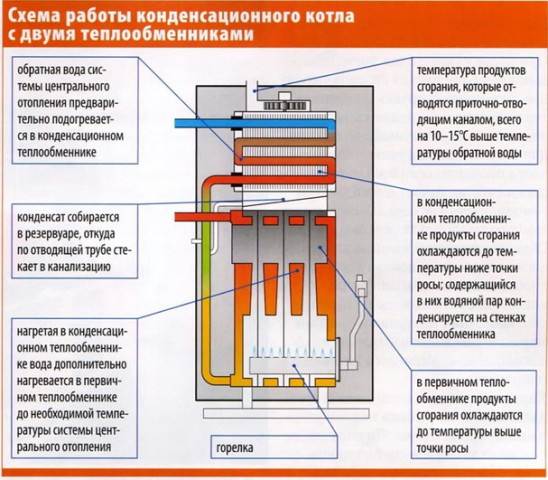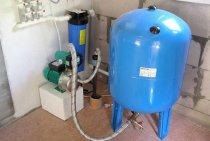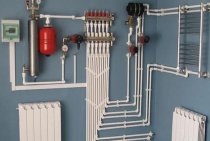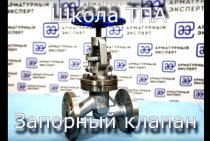Why is it needed
heat exchangeris a metal (or cast iron) box with a built-in radiator, which is heated from the outside by a burner flame and transfers heat to the liquid flowing inside. 
Such contamination of the heat exchanger channels can lead to a number of unpleasant consequences:
- Reduced boiler efficiency. Mineral deposits have a much lower thermal conductivity than metal, so much more energy will have to be spent on heating water. Accordingly, gas consumption will also increase.
- Overheating of the heat exchanger. The scheme of operation of gas boilers assumes that the coolant coming from the return line cools the internal cavities of the heating element. When scale appears, the cooling efficiency drops, the heat exchanger overheats and quickly fails.
- Breakdown of heating equipment. Mineral deposits on the inner walls of the heat exchangers make it difficult for the coolant to pass through them. This creates an additional load on the circulation pump, which will quickly exhaust its resource if the narrowed channels are not cleaned in time.
Thus, timely flushing of the heat exchanger will help save significant funds by preventing the breakdown of expensive components and ensuring the minimum required fuel consumption.


